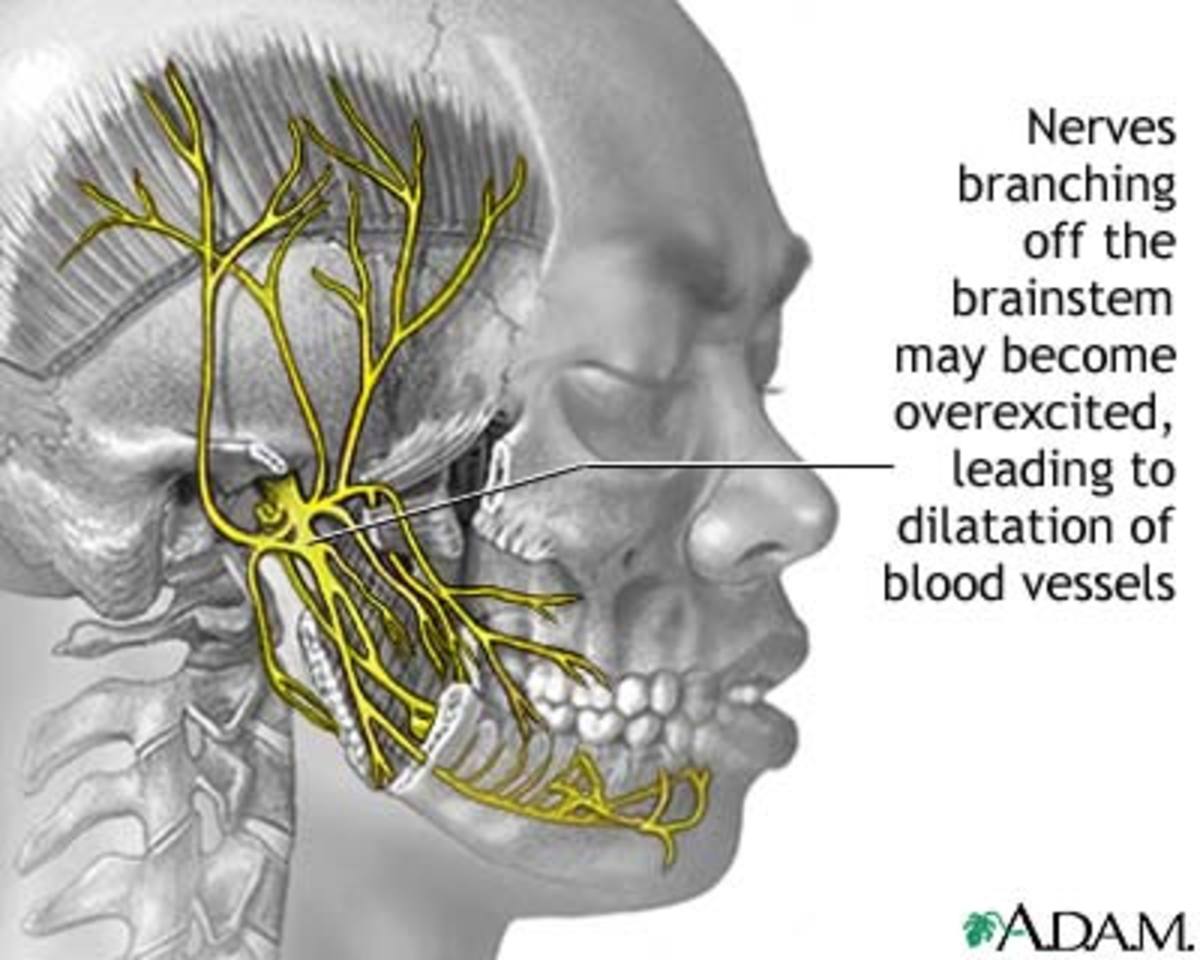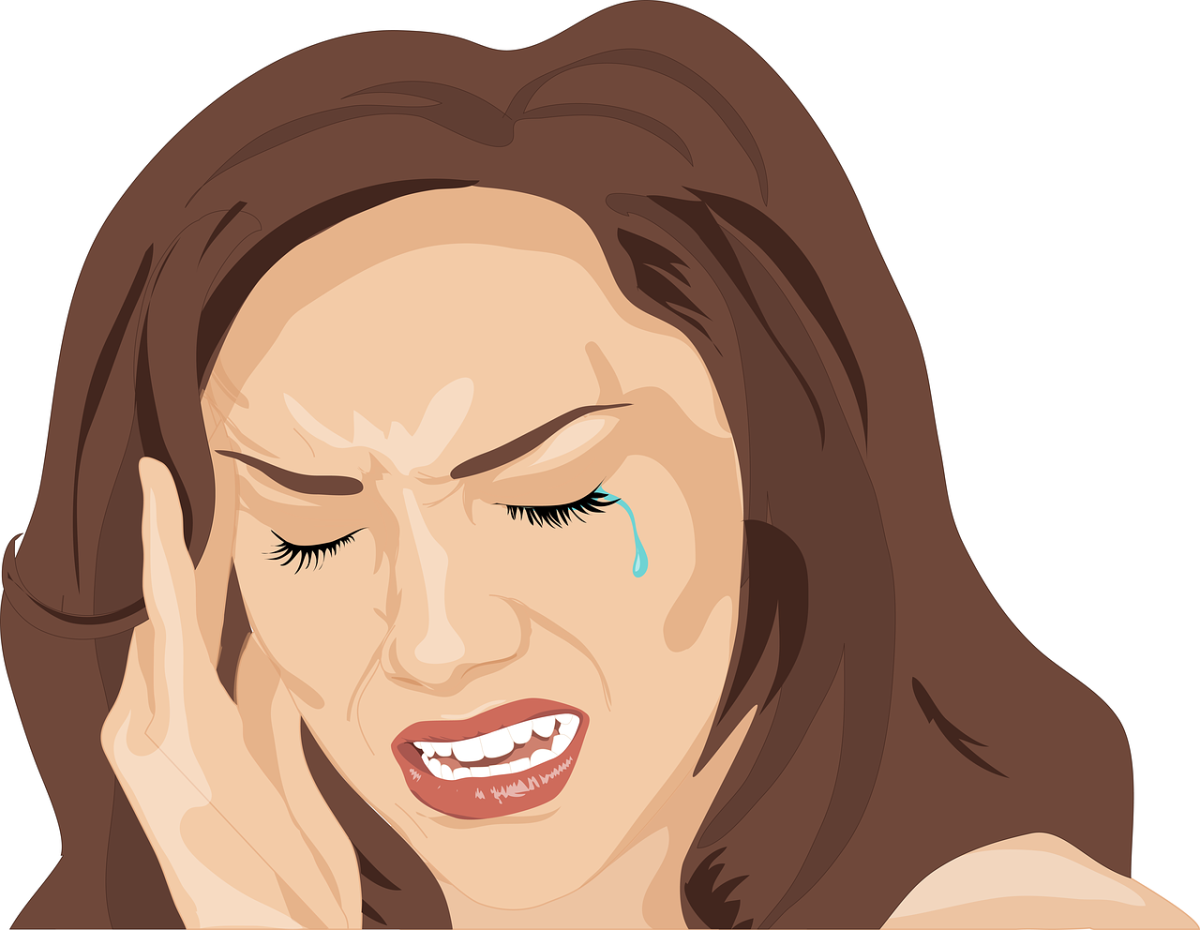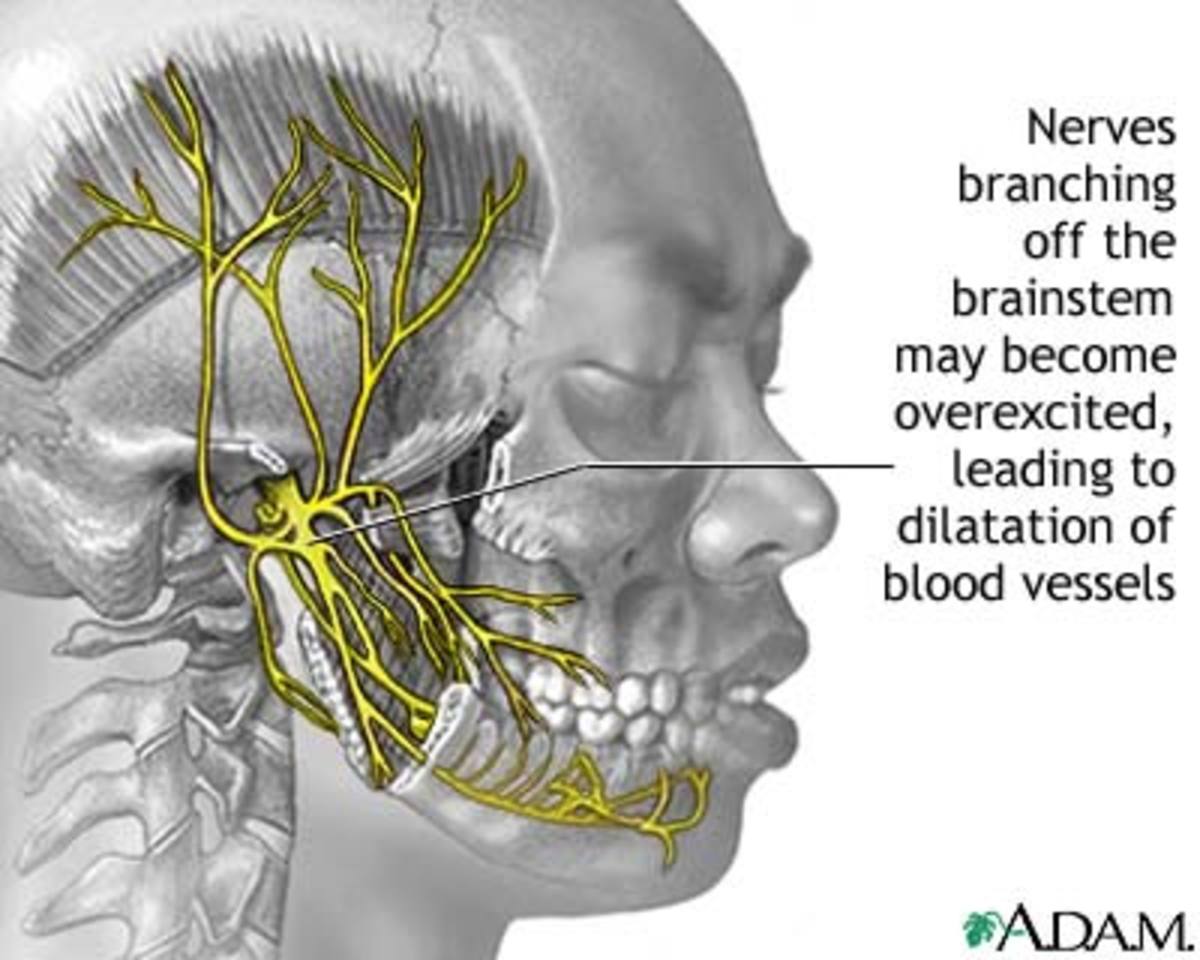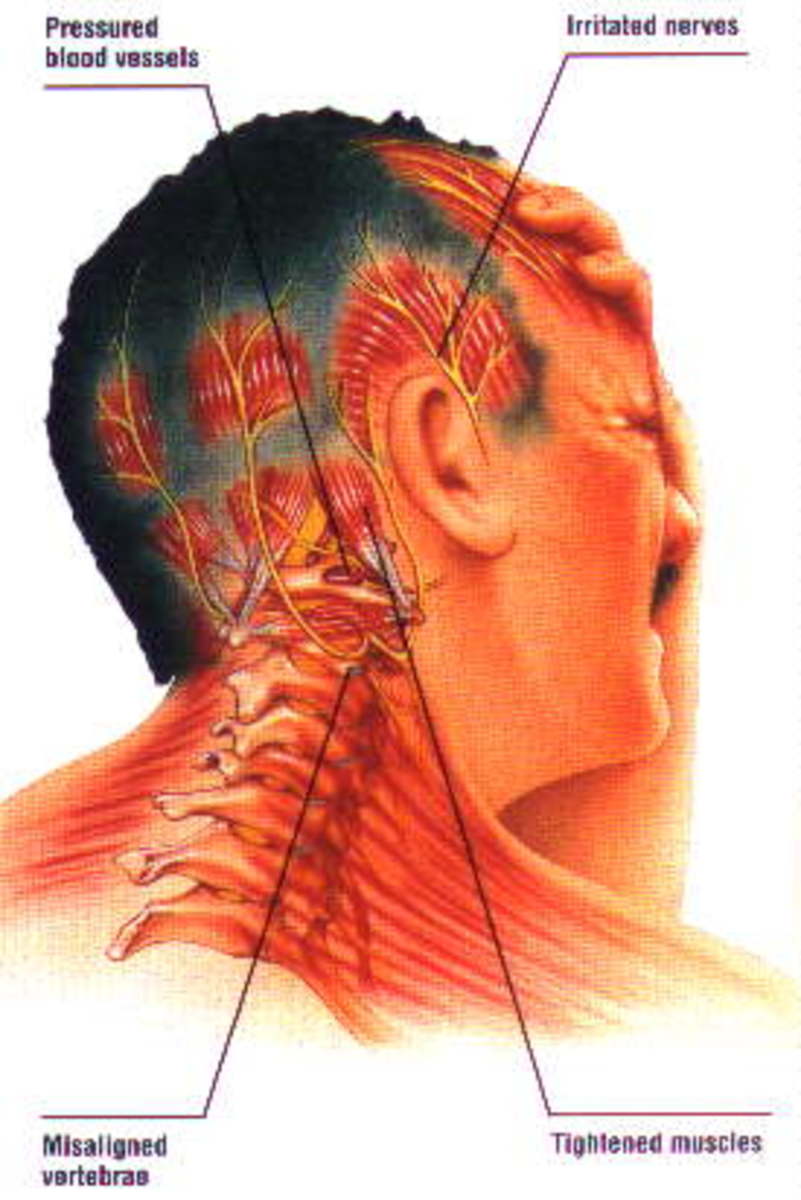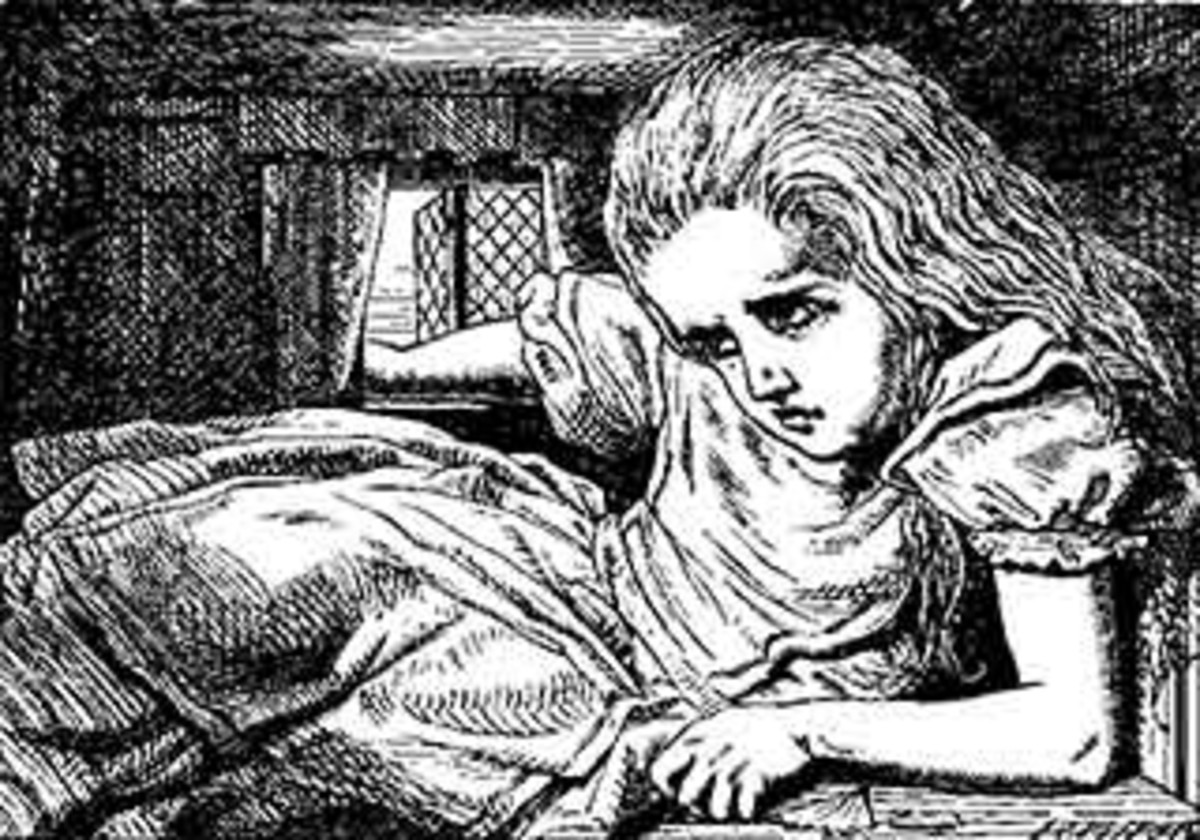Treatment and Prevention of Migraine Headaches

Migraines are excruciating headaches that can be debilitating. Unfortunately, even with our current medical technology, migraines cannot be completely prevented, nor can they be completely abated.
The latest developments in migraine medications have made significant advancements in the prevention of these devastating headaches as well as significant improvements in medications used to arrest an attack in progress.
Migraine Treatments
During a migraine, the most common treatment is a vasoconstrictor, or “triptan.” Sumatriptan (Imitrex) is the most well-known of this class; more recent triptans include
- Relpax (eletriptan)
- Amerge (naratriptan)
- Zomig (zolmitriptan)
- Frova (frovatriptan)
- Maxalt (rizatriptan)
- Axert (almotriptan)
- Treximet (sumatriptan/naproxen sodium)
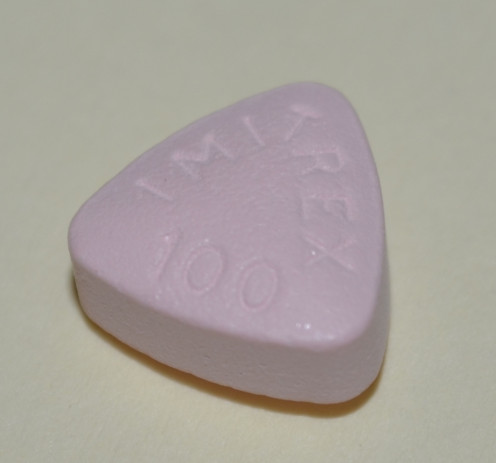
These medications work by increasing the serotonin levels in the brain and constricting blood vessels. They work quickly, alleviating migraines within 30 to 90 minutes in the majority of sufferers. Overuse of these medications can cause rebound migraines, however.
Non-steroidal anti-inflammatory medications such as Ibuprofen (Advil) or Naproxen Sodium (Aleve), along with medications containing caffeine, can provide relief as well.
There are a number of other medications that can be used to treat a migraine in progress. These include:
- Fioricet (butalbital/caffeine/acetaminophen)
- Fiorinal (butalbital/aspirin/caffeine)
- Depakote (divalproex sodium)
- Topamax (topiramate)
- Stadol (butorphanol nasal spray)
- Guanfacine
- Valproic acid
- Vicodin (hydrocodone)
- Tylenol #3 (acetaminophen/codeine)
- Ultram (tramadol)
Prophylaxis is the main “treatment” for migraines. There are a number of different medications that can be used to help prevent migraines such as
- Beta-blockers such as propranolol, metoprolol and atenolol
- Calcium channel blockers such as amlodipine (brand name Norvasc) and verapamil
- Anticonvulsants such as sodium valproate and gabapentin (brand name Neurontin)
- Tricyclic antidepressants such as amitriptyline (brand name Elavil)
All of these medications have proven to be effective in decreasing migraine frequency by 50 percent, or more in some cases.
Atypical migraines caused by tight neck muscles respond well to muscle relaxants and manual traction (decompression of the vertebrae using the hands). I’ve had a migraine during a manual traction session with my physical therapist, and the second my therapist pulled open the vertebrae, my headache was gone.

Alternative Migraine Therapy
Other “alternative” treatments have also proven to be beneficial in reducing the frequency such as
- Biofeedback
- Neurostimulation
- Botox injections
- Herbal remedies
There are several herbal remedies that have been said to prevent migraines. Feverfew and black cohosh have proven beneficial.
Feverfew needs to be taken on a long term basis to gain the benefit of the herb. Results are usually seen about six months after the initial dose. I took feverfew for about 18 months. For 12 of those months, I had no headaches. However, the headaches started coming back about three months later. Increasing the dose of the herb had no effect.
In California, Cannabis is prescribed for the treatment of migraines, but has not shown to be helpful in prevention, only the treatment an attack in progress. Its anti-inflammatory properties make it an excellent treatment for atypical migraines caused by stiff neck muscles and neck injuries. It also treats the pain of any spinal injury among other things.
Prevention and Early Detection
Although there is no sure fire way to completely prevent migraines, there are things one can do to help limit the frequency of the headaches such as:
- Avoiding known migraine triggers such as chocolate and other foods
- Limiting stress as much as possible
- Keeping a migraine diary
I don’t think migraine diaries really get enough attention. Keeping track of every migraine, its severity, duration, treatments and their effectiveness, and other details can be invaluable in predicting future attacks and preventing them. Even keeping track of how you feel daily can make a prodrome apparent.
Migraine diaries can be given to your medical doctor who can help you pinpoint patterns of triggers you may not have seen. There are many digital diaries now available for your smartphone that can make a migraine diary available to you at all times.
Migraines have been around for centuries. Treatments have moved from the archaic trepanning (drilling a hole into the skull) to the less invasive Botox injections and everything in between. Hopefully someday, medical science will discover the real reason behind migraines and find a cure.
This content is for informational purposes only and does not substitute for formal and individualized diagnosis, prognosis, treatment, prescription, and/or dietary advice from a licensed medical professional. Do not stop or alter your current course of treatment. If pregnant or nursing, consult with a qualified provider on an individual basis. Seek immediate help if you are experiencing a medical emergency.
© 2013 Mel Flagg COA, CPT, CHC, CNC

